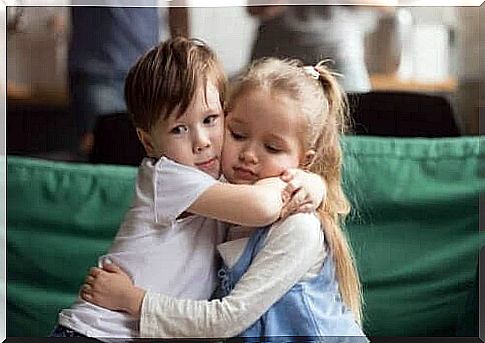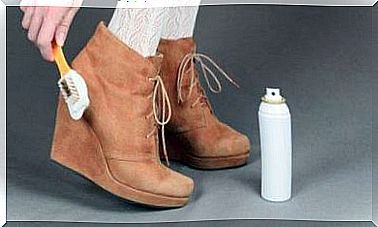How To Teach Your Child To Apologize

As a parent, teaching your child to apologize is often a very complex task. And not because children lack empathy, but because they apologize in unexpected and sometimes incomprehensible ways for adults.
Children are naturally empathetic. How many times have you seen your child with tears in her eyes watching a sad situation in a cartoon? They are very compassionate creatures, but they don’t act like adults, nor do they follow any social rules.
As a parent, one of your duties is to teach your children to behave according to social norms. For this reason, in this article we will discuss how we can help them to apologize.
How to Teach Your Child to Apologize

To apologize, your child needs to take responsibility for his actions and understand other people’s emotions.
“ Apologies for hitting you .” “ Now apologize and never talk to me like that again. “ I’m waiting for you to apologize .” Have you ever heard yourself say one of these or similar phrases? You certainly have!
Sometimes words come out of your mouth without you even thinking about whether or not to say them. Do you believe that you teach them to apologize by forcing them to do so? The answer is no. A forcefully muttered “apology” teaches your child nothing more than to obey his parents.
The ultimate goal of learning forgiveness is not to get your children to say the expected words, but to take responsibility for their mistakes. And to do this, they must understand why what they were doing was wrong.
1. Help your child to calm down
Most of the time , the situations that children have to apologize for get out of hand because they get angry. Demanding that your child apologize at that time can be counterproductive for several reasons:
- The child will not understand why he or she has to apologize.
- The child may become even angrier.
- He or she will learn nothing from what happened.
Instead, take a deep breath, approach your child and pull them back from the place where the conflict took place. Let your child distance themselves from the situation and calm down. You can help by talking to your child, always with patience and without demanding that he or she apologize.
2. Analyze the situation with your child
When your child calms down, it’s time to analyze what happened. What exactly happened? Let your child tell his or her side of the story and how he or she feels. During conflict, emotions are very important and, in fact, they are the trigger for the child’s actions.
3. Encourage Empathy to Teach Your Child to Apologize
Now that you know what happened and why your child reacted this way, you can ask how he or she would have felt in the place of the other child. You can even remind him or her of a similar situation he or she has been through. Your child is supposed to put herself in her friend’s shoes to understand the mistake.
Also read:
Is it possible to forgive yourself?
4. Analyze with your child what should have been done differently
“ If you could go back in time, what would you change about what happened? With this exercise, your child can come up with other ways to resolve the conflict. While it’s true that brainstorming won’t solve the current situation, it’s a good way to learn how to deal with emotions in the future.
5. Ask your child to do something for the other child

An important aspect that parents often forget is that they should lead by example. So let your kids choose how they want to apologize. Sometimes saying ‘sorry’ is not what children need or want.
Maybe your little one prefers to give a hug, invite the other child to play or make a drawing. The important thing here is that your child learns to somehow take responsibility for his or her actions.
A good apology should indicate why the child is apologizing not only for what he or she has done, but also for hurting feelings, and suggest a way to solve the problem.
For example: “ I’m sorry I hit you, I know it hurts and I won’t do it again. The next time I get mad I will try to talk to you instead of hitting you .”
Finally, you must lead by example to teach your child to apologize! So any time you make mistakes or act incorrectly, you should apologize. Apologizing is not a weakness but a strength. So as parents you have to set a good example, because your children learn things based on what you do.









